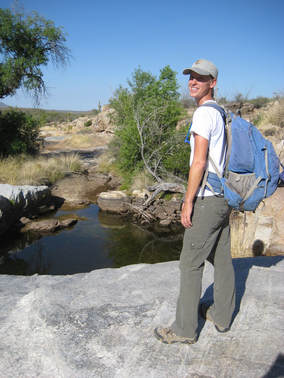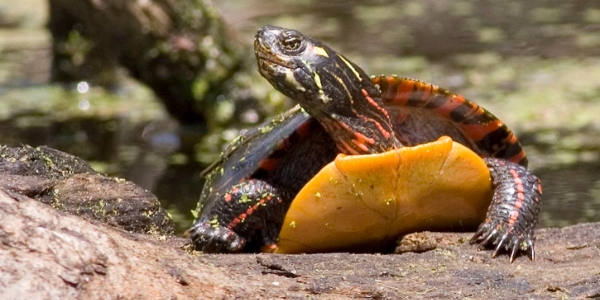Climate change pressuring monarch butterflies
Climate change has been the biggest cause of the precipitous decline of the monarch butterfly (Danaus plexippus) in North America in recent years, say MSU researchers and EEB members who fear parts of its breeding range will become inhospitable under future warming.
The puzzle of the decline of the insect, famous for its epic migration from the US and Canada to Mexico in the winter, has been variously blamed on herbicides wiping out the milkweed plant their caterpillars exclusively feed on, to problems on their migratory route and climate change.

To empirically test which is having the most impact, Erin Zylstra, a postdoctoral researcher and EEB member, and her colleagues combed 18,000 mostly citizen science surveys of monarchs carried out in the US and Canada and combined them with weather data to build a model of their populations. Between 2004 and 2018, the amount that rainfall and temperature deviated from long-term averages was nearly seven times more important than other factors in explaining the monarch’s summer numbers.
“Yes, climate change is happening. It looks like it’s affecting monarchs. Now we have this information, we can have a smart plan for what we might do for conservation of monarchs and other wildlife,” says co-author Elise Zipkin, EEB director and Zylstra's mentor. Both are in integrative biology in the College of Natural Science.
The study doesn’t overturn previous research finding a correlation between herbicide use, milkweed loss and the steepest period of monarch declines, from 1994 to 2003, says Zipkin. But she says milkweed stayed “pretty constant” from 2004 to 2018, which, along with the modelling results, points the finger at climate change for the recent declines.
The research doesn’t mean conservationists should stop protecting and planting milkweed to help the butterflies. “But as we think forward [to climate change], not every spot that’s been good for monarchs may continue to be good, and planting milkweed may not be enough,” says Zipkin.
One caveat to the research is that the 18,000 surveys it relies on have some geographical
bias. Most are citizen science projects, so are inherently biased to areas near cities,
where most people live, than to more sparsely populated agricultural areas.
Read more in New Scientist and in MSU Today.



